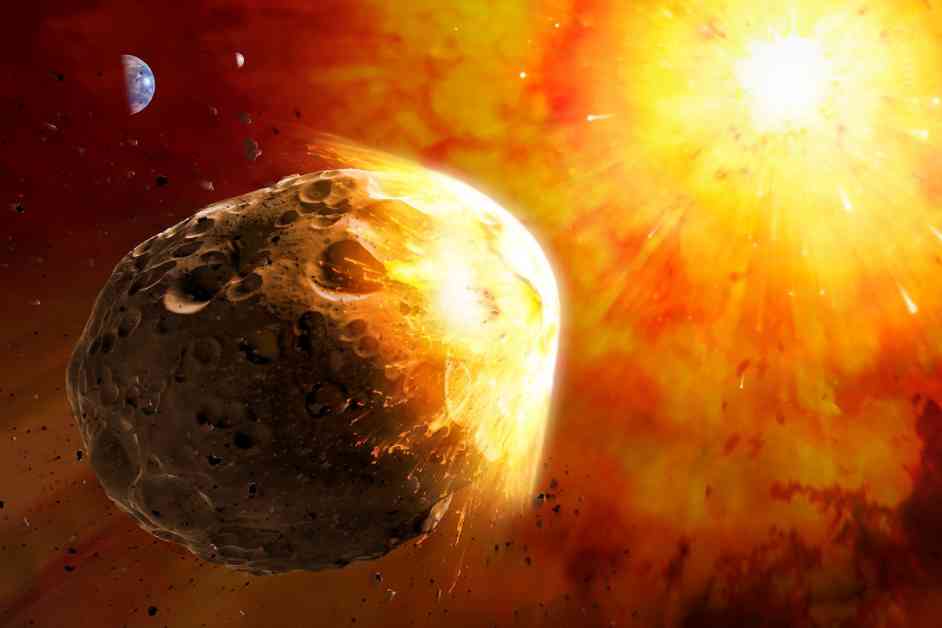In today’s world, there are numerous existential risks to worry about, from climate change to nuclear warfare. However, one of the most worrisome hazards comes from asteroids and comets that orbit the sun and occasionally come close to Earth. While most of these objects pass harmlessly by, the potential for a cataclysmic impact still exists. Just look at Chicxulub, the crater in the Yucatan Peninsula created by a 10-kilometer-wide asteroid 66 million years ago, leading to the mass extinction of many species, including the dinosaurs.
Under the umbrella term of “planetary defense,” scientists and engineers worldwide take the threat of asteroid impacts seriously. In his book “How to Kill an Asteroid: The Real Science of Planetary Defense,” science journalist Robin George Andrews provides an insightful look at the efforts to protect Earth from space rocks. From asteroid detection to deflection techniques, the book delves into the state-of-the-art methods being developed to safeguard our planet.
One of the key projects highlighted in the book is NASA’s Double Asteroid Redirection Test (DART), where a spacecraft was launched to collide with a small asteroid and alter its orbit. This mission, along with other initiatives like the Vera C. Rubin Observatory and NASA’s NEO Surveyor mission, aims to identify and track potentially hazardous near-Earth objects. With these efforts, scientists hope to mitigate the risk of a devastating asteroid impact.
While the United States has been at the forefront of planetary defense projects, other countries like Europe, Japan, and China are also joining the efforts. The European Space Agency (ESA) has announced missions like Ramses and Hera to study asteroids and comets, while Japan and China are exploring their own initiatives. By collaborating on cataloging targets, plotting orbits, and developing countermeasures, it is likely that a planetary defense system will be operational before mid-century.
Despite the potential threats posed by asteroids and comets, there is room for optimism. The technology for planetary defense exists, and the cost of investing in these projects is minimal compared to the benefits of preventing a disaster. By identifying and monitoring potentially hazardous objects, scientists believe that we can effectively mitigate the risk of a catastrophic impact.
While the possibility of an asteroid impact may seem like science fiction, the efforts of scientists and engineers in the field of planetary defense are very real. With ongoing projects and missions, the global community is working towards a future where Earth is protected from the threat of cosmic collisions. By staying vigilant and proactive, we can ensure the safety and security of our planet for generations to come.










